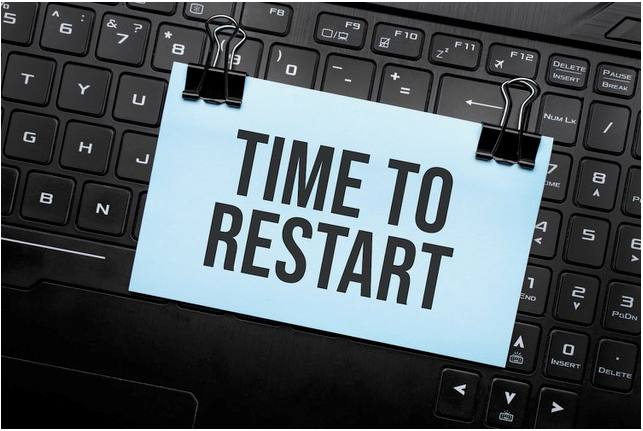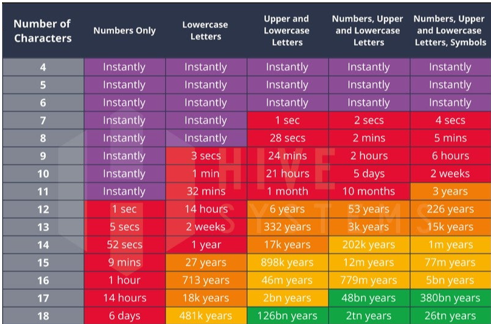Does it seem like your Outlook program is running at the speed of molasses in January? Does it tend to crash while you’re using it? Both of these unfortunate situations can be caused or worsened by having too many files cluttering up your system.
People often don’t realize that Outlook was not designed to be a file repository. Large email files cause the program to run more slowly and crash more frequently, so it’s important to keep a clean inbox and regularly purge the Deleted Items folder. With that in mind, maybe it’s time for a fall cleaning of your Outlook folders, emails and documents that are stored on a local PC. Besides helping the system run with more speed and stability, cleaning up your files will help you locate them quickly when you need them, increase efficiency and keep you from losing important files.
Start by conducting a major purge of old files and emails, bravely trashing anything you don’t actually need any more. This might take a while but the payoff will be worth it in time saved later on. Once that Herculean task is completed, you might want to implement these key rules to help keep things nice and tidy for the future:
- Delete often. If you don’t absolutely need a file, delete it. There is no good reason to keep documents or emails around forever. Delete everything but the most important emails.
- Are you hoarding emails as a CYA strategy? If that’s the case, you might consider copying the emails to a project-specific folder on your desktop or in the cloud where you can find them if you need them, but they won’t be weighing down Outlook unnecessarily.
- Make it a habit. Hold yourself to a set schedule for deleting Outlook files, so that you’ll never have to take on a big cleanup job again. Once a week I like to scan back through my Outlook inbox and delete stuff that’s no longer relevant.
- Create folders. This is a great way to keep track of files and emails. You can come up with whatever kind of a system that works best for you. Generally users choose to categorize folders by topic, sender or location (vacation photos, for instance).
- Keep your desktop free from clutter. Don’t store files here but if you frequently open a particular file, put a shortcut to it on your desktop (you can do this by right clicking the file and choosing SEND TO > DESKTOP).
Doesn’t that feel better? Now you’ve got exactly what you need, and nothing more. And when you do need to access a particular email, you’ll have a much easier time finding it. But before you call it a day and check “clean up Outlook” off of your to-do list, make sure you have a good offsite backup solution such as Carbonite in place. That way if something dire happens to Outlook or your computer, you’ll still have everything you need. This is one kind of insurance you don’t want to go without.






